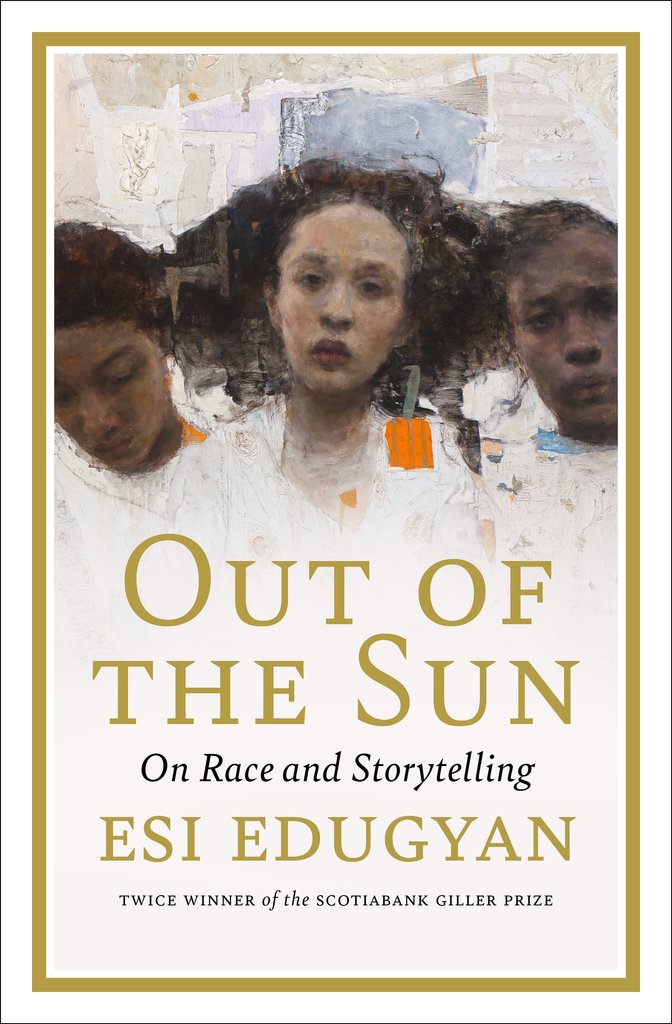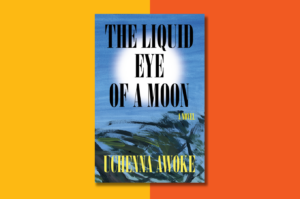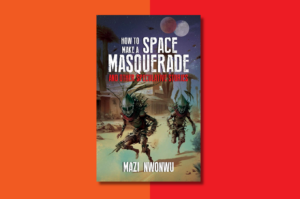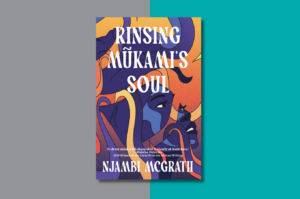
INTRODUCTION
Introduction In The Art of War, Sun Tzu explains how an army should use the sun to its advantage. “Camp in high places, facing the sun,” he advises. Mountains are preferable to valleys, illuminated places to dark ones. When confronted with a hill or a bank, an army should “occupy the sunny side.”
He was interested, in part, in exploiting human weakness. Flooded by light, the eye struggles to see clearly. Edges are shadowed, and it becomes difficult to know what, if anything, is there. A vast force appears smaller, shrunken by our muddled perceptions. The people on the margins remain unseen. At the last moment, they come pouring out of the sun like phantoms breaking through into the world of men.
I have always liked this image, of the hidden rushing suddenly into view. The idea of who is seen, and who remains unseen, has been at issue in so many recent conversations about race, gender, sexuality. A world of shadows edges our written histories, and to attempt to see it is not just to recover one human story, but to piece together the larger picture hidden from us. These lectures look directly at those figures and stories lost to us, and at what it means for us collectively to have been unable to see them.
We speak so much about the “universality” of being human, about the similar things that connect us. I don’t want to lose sight of that. But in some ways, such talk camouflages the problem of difference— not difference itself, but our diminishment of it. It can be just as illuminating, I think, to look at the opposite. This year of lockdowns and sickness has starkly revealed the gulfs between our lives. Experiences divide us, uneven access to necessities and comforts, different childhoods, traumas, faiths. If we wish to understand each other, we must first acknowledge the vastly unequal places from which we each speak, the ways some have been denied voices when others are so easily heard.
In some respects, history functions the way language does. Our words have agreed-upon meanings; this is how we understand each other. Language is a shared tool based on a shared idea of reality, and its points of reference must generally be the same for it to work. But language can be changed by revoking one’s consent — by refusing, for example, to agree on the meaning of a word, or by disavowing it, or by changing its evocations entirely, until it becomes something else, something new. History also works on the principle of an established reality. And just as language can be changed, for better or for worse, by revoking one’s consent, so can our collective stories. What happens when our once-settled narratives become unsettled? What happens when they begin to shift the boundaries of what we have long believed?
These pieces were begun as the first Covid-19 lockdowns were put into place and finished just as efforts are underway to vaccinate against the virus. What got me through this year, with its street protests and its anguish, its illness and joys and bewilderment, was the quiet dredging up of these lives from other times, and the attempt to discover how, if at all, they have shaped our own.
Part memoir, part travelogue, part history, these pieces are meditations on identity and belonging, and on the consoling refuge that stories can be. I am not a historian, only a storyteller with an interest in overlooked narratives, and I’ve always been curious as to why we sideline some stories and mythologize others. What social and political instincts inform our remembering; how much are our omissions the result of apathy, of indifference? I wanted to know the living, breathing people who have remained beyond our sight, occupying the shadows.
BUY Out of the Sun: House of Anasi – Amazon









COMMENTS -
Reader Interactions